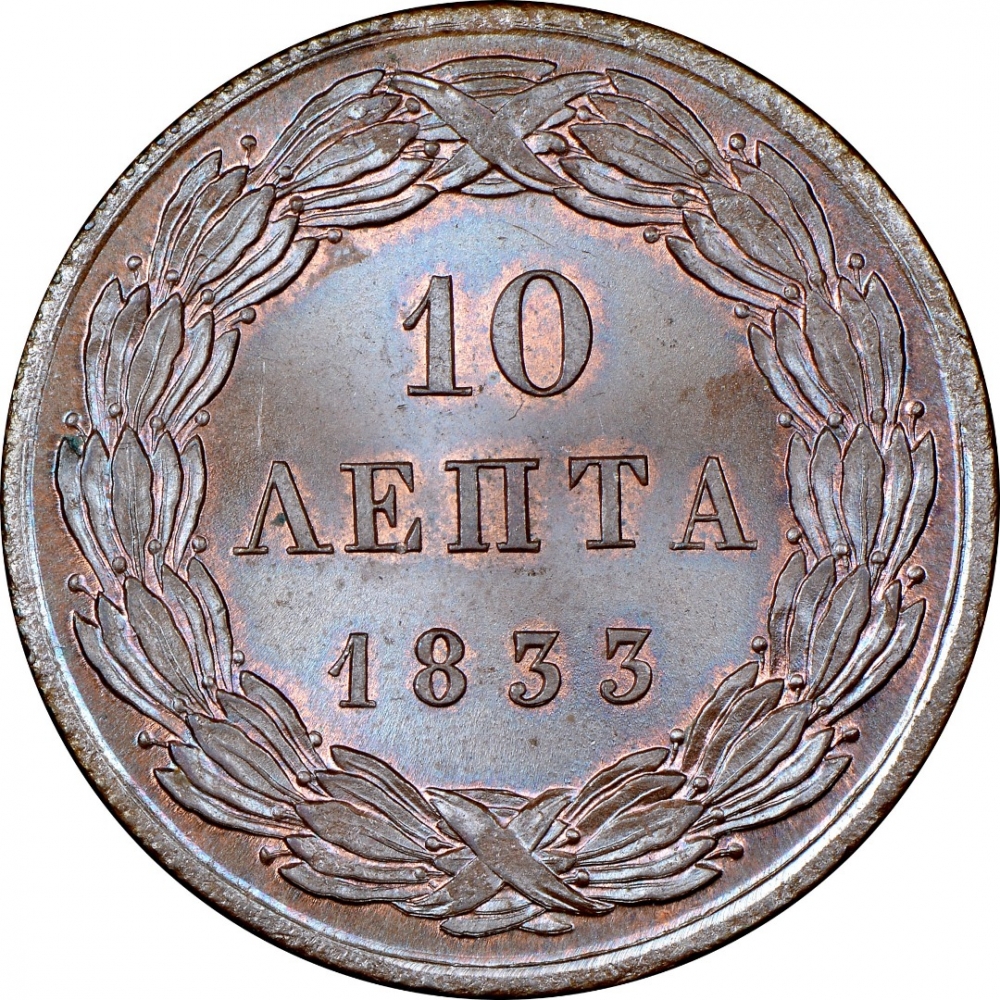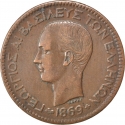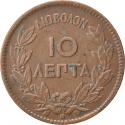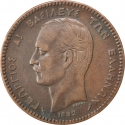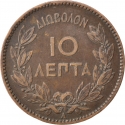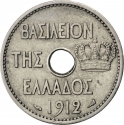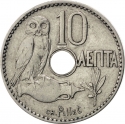You are about to finish your registration. Please check your mailbox (including spam folder). There should be a letter with a confirmation link. Check setting to make sure that your e-mail address is correct.
Send letter againDescription
Otto (1815–1867) was a Bavarian prince who became the first modern King of Greece in 1832 under the Convention of London. He reigned until he was deposed in 1862.
Throughout his reign Otto was unable to resolve Greece's poverty and prevent economic meddling from outside. Greek politics in this era was based on affiliations with the three Great Powers, and Otto's ability to maintain the support of the powers was key to his remaining in power. To remain strong, Otto had to play the interests of each of the Great Powers' Greek adherents against the others, while not aggravating the Great Powers. When Greece was blockaded by the British Royal Navy in 1850 and again in 1854, to stop Greece from attacking the Ottoman Empire during the Crimean War, Otto's standing amongst Greeks suffered. As a result, there was an assassination attempt on the Queen, and finally in 1862 Otto was deposed while in the countryside. He died in exile in Bavaria in 1867.
Engraver: G. Voigt
Obverse

|
Depicts middle arms (1833–1862) of King Otto surrounded by the inscription "Kingdom of Greece". ΒΑΣΙΛΕΙΑ ΤΗΣ ΕΛΛΑΔΟΣ |
|---|---|
Reverse

|
Denomination and date within closed wreath. 10 |
| Edge |

